2D Art
Non-Objective Shape, Colour, Line and Texture Project
"There are three responses to a piece of design: yes, no and wow." - Milton Glaser
"Practice what you know, and it will help to make clear what now you do not know." - Rembrandt
Theory
This project will give you an opportunity to experiment with shapes, values, colours and textures. Lines and mass/space are not as prevalent, but can play an important role in the overall composition. Since we are working with non-objective shapes, your work will rely heavily on the compositional principles of emphasis, variety, movement, balance, unity, rhythm and proportion. You will find it helpful to review these principles by following this link: Principles of Composition. It would also be helpful to read this short essay about the Rule of Thirds.
Project Description
OBJECTIVE: Use foam-core, hot glue and acrylic paint to create a low-relief composition that makes effective use of the Principles of Composition, thereby giving order and visual interest to the Elements of Art.
PROCEDURE: Draw three or five different shapes on your newsprint pad. Some of the shapes can be organic, some of the shapes can be geometric, but all must be NON-OBJECTIVE (follow this link to learn about the differences between abstraction and non-objective art). Next, repeat each shape several times, making every iteration a different size. You will end up with between nine and twenty-five unique shapes. Transfer your shapes to foam-core and then cut them out. Experiment with your shapes by putting them in different configurations. Move them around the picture plane until you find a composition that is dynamic and visually interesting. Some of the shapes can be lifted off the surface of the picture plane by propping them up with smaller pieces of foam-core underneath. This is an effective way to create a sense of depth in your composition.
SUGGESTIONS: The process of experimenting with different compositions is very much like making a study or a maquette. During this process, DO NOT try to predetermine how your design will look. Rather, allow the process to unfold in an intuitive way: adding and rearranging shapes so that each piece of foam-core interacts with the others. The cumulative effect of many such experiements will make it clear which "direction" you should follow toward completion of the finished work.
Take a photo or make a sketch of any composition that seems well-resolved before you continue the process of moving shapes around. The goal is to refine subsequent designs: each study leading to a more fully-realized composition, with better ideas that are executed with more skill and technical understanding. If you feel discouraged because you think that an earlier composition was better, pull up the photo(s) and compare. This is the general process that many artists follow while they work on a maquette or studies for a project.
These preliminary studies are meant to allow you to experiment with different compositions so that you avoid the mistake of using your first idea, which is almost always the most superficial and least interesting. As you work, you will probably notice that each study suggests ideas for further exploration. You may in fact, find it necessary to make many studies before you exhaust your ideas.
Once you've made several studies, choose the one that seems most successful. You will use this study to create your finished work by using your Bristol board in the same way that you used your bond paper.
TECHNICAL: Paint your shapes and the support with acrylic paint before gluing everything in place. This will make it much easier to create a smooth and even finish over the entire work. Use only one colour, but five or six different values: one value for each kind of foam-core plus a separate value for the 20 x 30 inch support.
Choose one foam-core that is particularly interesting (it might be larger or more elaborate than the rest) and then paint it a slightly different, yet analogous colour. This foam-core will provide emphasis for the entire composition. When all of the painted pieces are dry, use hot glue to adhere them to the supporting piece of foam-core.
AESTHETIC: Your work must adhere to the Principles of Composition, especially Emphasis, Variety, Movement, Balance, Unity, Rhythm and Proportion.
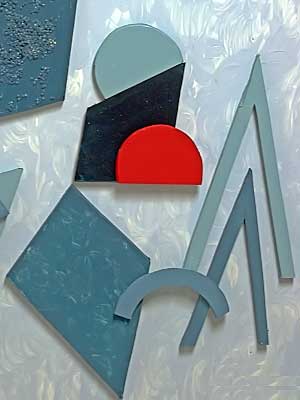
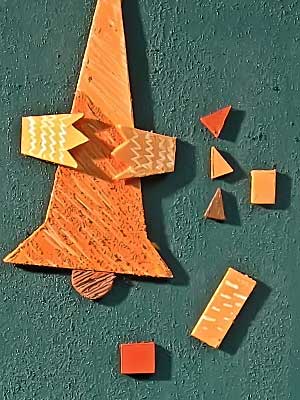
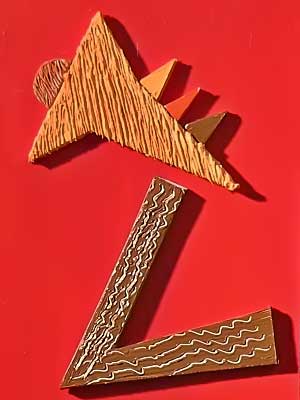
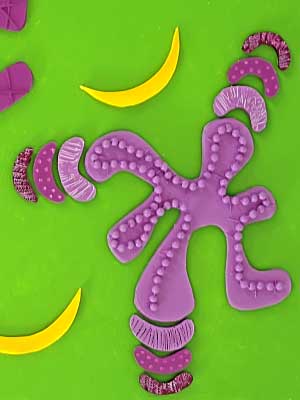
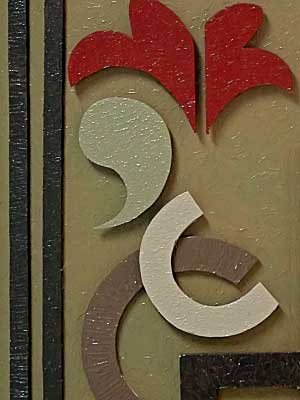
.jpg)
.jpg)
.jpg)
.jpg)
.jpg)
.jpg)
.jpg)
.jpg)
.jpg)
.jpg)
.jpg)
.jpg)
.jpg)
.jpg)
.jpg)
.jpg)
.jpg)
.jpg)
.jpg)
.jpg)
.jpg)
.jpg)
.jpg)
.jpg)
.jpg)
.jpg)
.jpg)
.jpg)
.jpg)
.jpg)
.jpg)
.jpg)
.jpg)
.jpg)
.jpg)
.jpg)
.jpg)
.jpg)
.jpg)
.jpg)
.jpg)
.jpg)
.jpg)
.jpg)
.jpg)
.jpg)
.jpg)
.jpg)
.jpg)
.jpg)